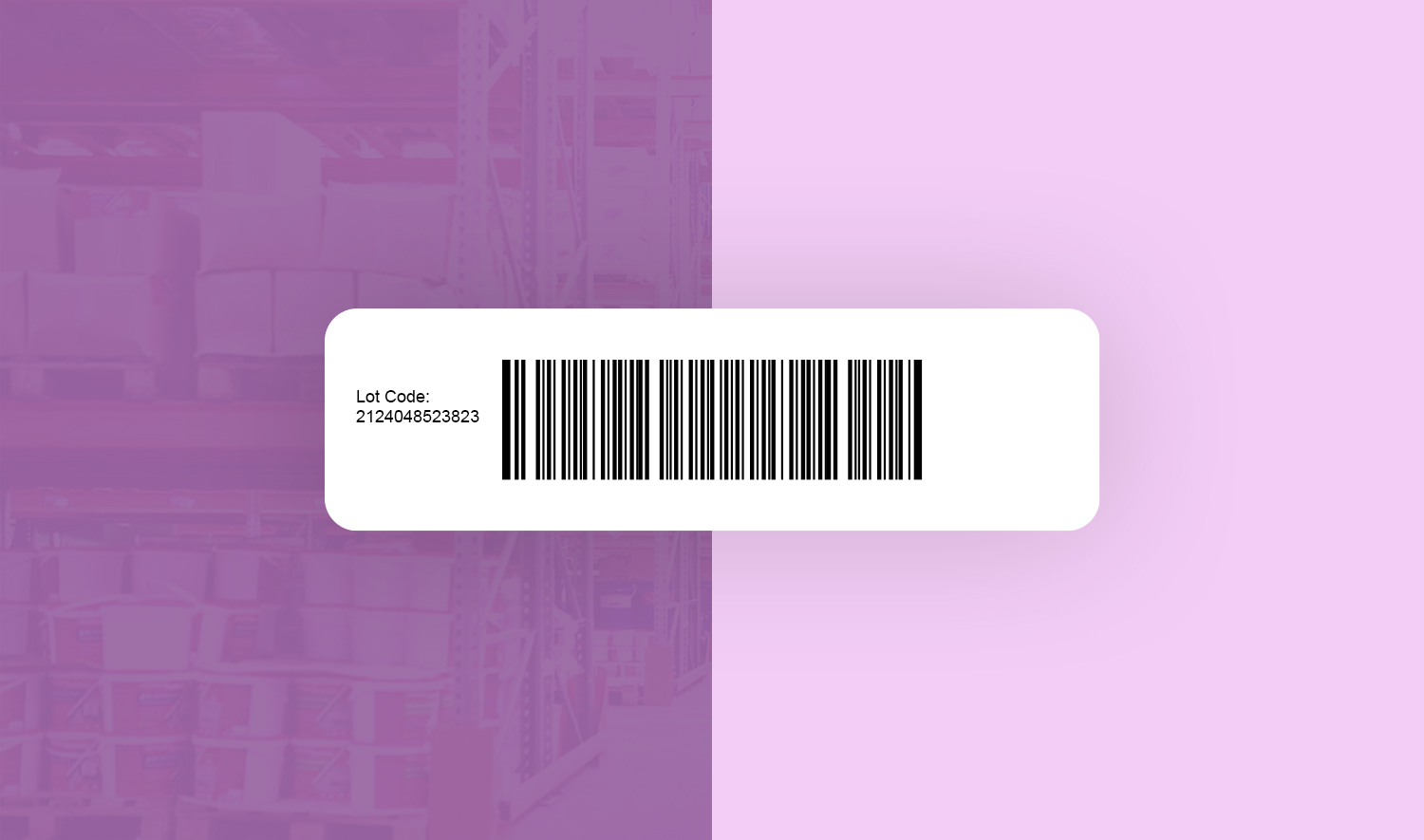Establishing a set of best practices for assigning and using lot codes is essential for efficiency, profitability and compliance. First, what is a lot code? In the manufacturing sector, the terms lot code and batch code are often used interchangeably, and here’s the reason why: a lot code is a unique identifier assigned to a particular quantity or batch of items from a single manufacturer, and a batch code is a unique identifier assigned to a the complete unit of produced goods. So manufacturers often receive lots of items or ingredients, and then produce assemblies resulting in a new lot or batch. Either term can be used to describe different parts of the production process, so all the more reason to establish best practice protocol, right?
When you don’t adhere to consistent practices, you leave yourself and your brand open to inefficiencies across your operation, and you risk losing time, money and consumer trust. So no matter what you’re manufacturing, here is an easy-to-follow list of best practices for assigning and using lot codes.
DEFINE YOUR LOT CODE PROTOCOL
Establish the best format for your lot codes, and make sure the protocol is clear and usable across your entire product line. Most lot codes incorporate details such as date of manufacture, batch size, flavor, and — if you have multiple manufacturing locations — location. An alpha-numeric code is a popular way to record multiple factors into one unique identifier. For instance, a limited run (500 quantity) of Dark Chocolate bars manufactured in your Toledo location on January 15th, 2024 could be identified as follows: DC500T011524. However you format it, provide clear and consistent guides for your team so that everyone understands and uses the same format. Secondly, as much as packaging allows, plan for consistent placement of the batch code. For instance, place all batch codes on the bottom of every jar, box and bag that you produce. If it’s always in the same place, your team saves time in placement, and it creates consistency in brand packaging.
ASSIGN THE ORDER OF OPERATIONS FOR PACKAGING AND DATA INPUT
It’s not only important how and where you establish lot codes, but it’s also important WHEN you do it. Lot codes should be assigned at the very beginning of production planning so that every part/ingredient and every production step is recorded in the lot code’s record. Whether you are tracking by hand, with the help of a database, or with scannable bar codes, have a consistent process of when the lot code is established and when all pertinent information is recorded. Depending on your process, this could be a two-piece data set: at the beginning and at the end. But for more involved manufacturing processes, you might have multiple steps like fermentation, extraction or aging. The more steps you have, the more important it is that production steps regarding your lot code are correctly recorded.
PRIORITIZE TRACEABILITY
Optimize the potential of your lot code by integrating as much information as you can to achieve end-to-end traceability. When all corresponding parts/ingredients of a lot code are connected in your records, you can design your workflow to maximize quality and profitability. You’ll benefit in multiple ways. First, by using oldest stock first (FIFO) and by incorporating your date of manufacture in your lot code, you’ll guarantee freshness and use your inventory wisely. Second, end-to-end traceability benefits you in a time of need… like in a recall. You’ll have peace of mind if anything is in question and you need to pull single parts or fully assembled products when information is associated with a verifiable lot code.
SCHEDULE REGULAR INSPECTIONS, AUDITS AND MOCK RECALLS
An often overlooked but extremely important practice is to regularly test your lot code process and workflow. Manufacturing is by nature a repetitive process, and we only find areas for improvement when we test our own systems. You might not even be doing anything wrong but you can still discover a better, faster, more efficient way of doing things. Or, by regularly testing your processes, you can find things that have fallen through the cracks, such as overlooked machine maintenance or opportunities for operator skills training. Reviewing and analyzing data at controlled checkpoints is a smart way to self-regulate. And when a scheduled or pop-in audit does occur, you’ll be extra confident in your processes, and you can showcase your manufacturing mastery because you know your workflow forward and backward.
EMPLOY ERP TECHNOLOGY TO OPTIMIZE YOUR LOT CODE FUNCTIONALITY
Every step of your manufacturing process can be streamlined and simplified when you employ a cloud-based ERP platform. Running your operation with a single source of truth ensures that your entire team has access to real-time data. Reports can be pulled from anywhere at anytime and reflect accurate data on a single lot code, its components, or multiple assemblies where any lot code could potentially be used. Traceability, recall readiness and compliance are built-in when you partner with a reliable ERP software. And when you’re integrating best practices for assigning and using lot codes, you’re prioritizing product quality, process efficiency, regulatory compliance and customer satisfaction.
Explore Wherefour’s knowledge base for more resources on lot codes Here and Here.


